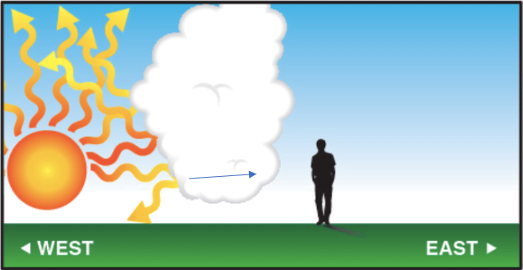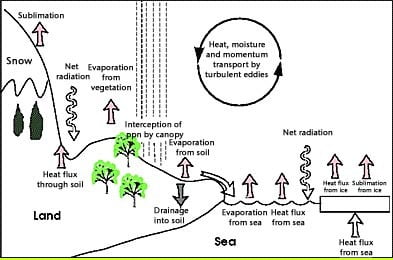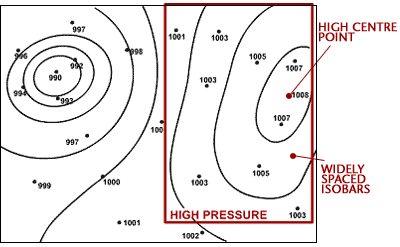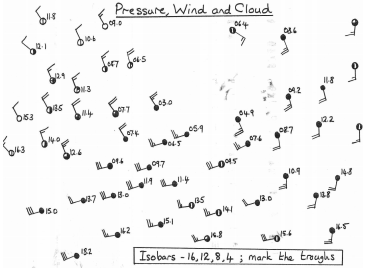Isotherms
The figure below is a map of isotherms, showing the average mean temperatures for January over the UK, based on average values for 1961–90.
1. Explain the reasons why Newquay is warmer than Ayr in January.
2. With reference to the Environmental Lapse Rate, outline why temperatures at Okehampton are lower than at Newquay.
3. In northern England, temperatures on the west coast near Keswick are similar to those at Middlesbrough on the east coast. Explain how the föhn effect might influence these temperature patterns.
4. (a) Outline how physical factors affect the shape of the 4 °C isotherm in the River Severn estuary and valley north of Gloucester.
(b) How does this pattern affect agriculture?
5. The 4 °C isotherm also bulges around cities such as London and Bristol. Explain the human factors which have caused these cities to be milder in January than rural areas with a similar latitude, such as Marlborough.

Web page reproduced with the kind permission of the Met Office.




